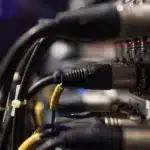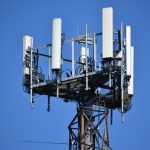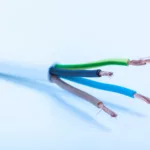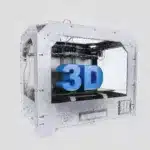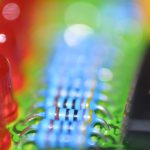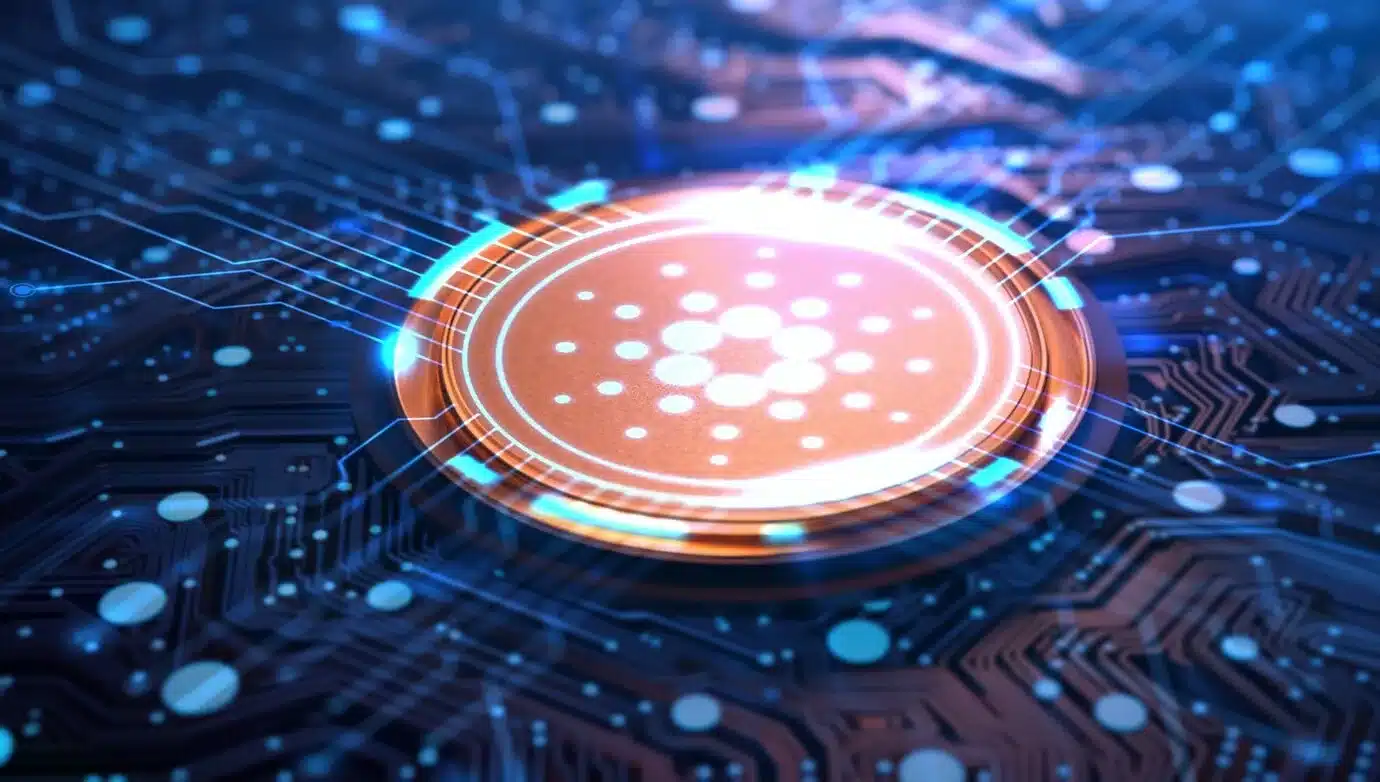
Introduction
The vast landscape of sensor technology has been transforming at an unprecedented pace with the latest innovations. Sensors, the pivotal components that convert physical phenomena into measurable signals, are now more versatile, sensitive, and capable than ever before. These advancements in sensor technology have broadened the application of sensors across various domains, revolutionising multiple industries. This article comprehensively dives into the latest innovations in sensor technology and their diverse applications, highlighting the impact on industry and society.
The Rising Need for Advancements in Sensor Technology
Innovations in sensor technology are crucial for the development of smarter, more interconnected, and sustainable systems and services. The increasing demand for innovations in sensor technology is a reflection of our rapidly evolving world. The accelerating pace of technological advancement drives the surge in interest, the rising complexity of the problems we aim to solve, and the growing demand for more efficient, accurate, and reliable sensing capabilities across a wide range of industries.
Most Popular Breakthroughs in Sensor Technology
From 2023 to 2024, the field of sensor technology has witnessed broader technological innovations with groundbreaking developments. Among these notable advancements include:
Nanomaterial-Based Sensors
Nanomaterials, including graphene, carbon nanotubes, and quantum dots, have ushered in a new era for sensor technology. These materials exhibit extraordinary electrical, thermal, and mechanical properties that make them perfect for detecting a selection of physical, chemical, and biological entities with high sensitivity and specificity.
Flexible and Wearable Sensors
The advent of flexible and stretchable sensors has opened new avenues in wearable technology. These sensors are successfully integrated into textiles or worn directly on the skin to monitor vital signs, physical activity, or environmental exposure, offering continuous, real-time health and fitness tracking.
Multi Function Sensors
Multifunction sensors are devices that combine several sensing capabilities into one unit, capable of detecting and measuring multiple physical, chemical, and biological properties simultaneously. These versatile sensors are widely favoured for a broad spectrum of applications due to their reduced space and cost. Multi-function sensors can be integrated into systems to perform tasks like climate control in buildings, health monitoring through wearable devices, air quality assessment, and vehicle automation for safety and navigation.
Wireless and Remote Sensing Technologies
Advancements in wireless communication and energy harvesting technologies have developed sensors that can operate remotely without the need for direct electrical connections. These sensors are essential for monitoring hard-to-reach or hazardous environments, from deep-sea exploration to space missions.
Smart Sensors and IoT Integration
Smart sensors, equipped with microprocessors and connectivity features, can process data at the source, reducing latency and improving efficiency. Integrated with the Internet of Things (IoT), these sensors are significant in automating homes, optimising industrial processes, and enhancing urban infrastructure.
Broad Range Applications of Innovative Sensors in Multiple Sectors
The evolution of sensor technology has opened new avenues across various sectors, including but not limited to:
Healthcare
Innovative sensors are revolutionising healthcare by enabling non-invasive diagnostics, continuous patient monitoring, and personalised medicine. Wearable devices that track glucose levels, heart rate, or oxygen saturation provide valuable data for preventive care and chronic disease management.
Automotive Industry
Sensor innovations benefit the automotive sector significantly, particularly in the development of autonomous vehicles. Sensors such as LiDAR, radar, and cameras facilitate environment perception, vehicle localization, and collision avoidance, making self-driving cars a reality.
Environmental Monitoring
Sensors capable of detecting pollutants, greenhouse gases, or radioactive materials are vital for environmental protection and sustainability. These devices allow the monitoring of air and water quality in real time, aiding in the detection of environmental hazards and the enforcement of regulations.
Smart Home and Cities
Sensor technology is at the heart of smart city and home initiatives, contributing to more efficient and responsive urban and residential environments. Applications include traffic management systems that reduce congestion, smart grids that optimise energy use, and waste management systems that streamline collection and recycling processes.
Industrial Automation
In the realm of industrial automation, sensors facilitate the monitoring and control of manufacturing processes, ensuring quality, safety, and efficiency. Innovations in sensor technology allow predictive maintenance, where potential failures are identified before they occur, minimising downtime and maximising productivity.
Innovative and Advanced Sensors: Challenges and Future Directions
Despite the remarkable progress, the widespread adoption of advanced sensors faces challenges such as high costs, privacy concerns, and the need for standardisation. Future research and development efforts are likely to focus on reducing the size and cost of sensors, improving energy efficiency, enhancing data security, and fostering interoperability among devices.
Final Words
Innovations in sensor technology are reshaping our digital landscape and society in various ways. By providing critical data in real-time, sensors enable smarter decisions, from individual health management to global environmental monitoring. With further technological progression, its integration into various aspects of daily life and industry is expected to deepen, heralding a new era of efficiency, safety, and connectivity.






